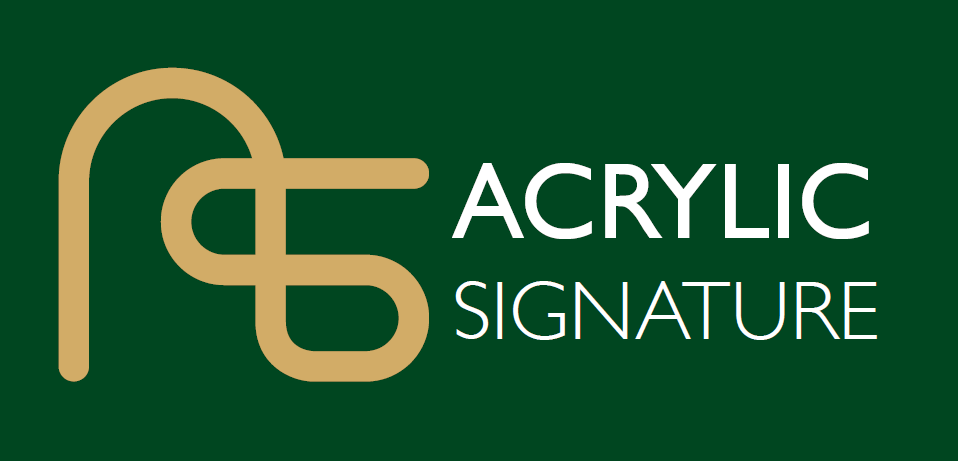Acrylic plastic is one of the most versatile and durable materials used across the World in numerous industries and it is now one of the most common. It’s likely that you have products in your home that are made of acrylic plastic, if not literally parts of your home that have been constructed with some form of acrylic plastic. It offers so many advantages over traditional glass and a flexible approach to product design for many companies that it’s hard to ignore the benefits.
As specialists offering a variety of acrylic plastic sheets we know the importance of strong, durable materials that you can rely on. Whether it’s for home or business use, across product design or construction, we provide a wide choice of colours, sizes, and cut to size options.
So to understand how impactful acrylic is in the World around us, let’s take a look at the many uses and applications.
POP displays (point of sale)
DIY
Shelves
Helmet Visors
Signage
Fibre Optic Cable Coatings
Plane Canopies
Medical Equipment
Sporting Equipment
Facemasks and Eyewear
Displays
Bulletproof Windows
Benefits of Acrylic Plastic
There are so many benefits it’s easy to understand why acrylic is the most commonly used plastic Worldwide and certainly the most applicable material for many products. Here are just some of the key elements that make acrylic so useful:
Stronger than glass
More durable than glass
Weights 50% less than glass
10 times more impact resistant than glass
Weather resistance
Easy to clean
Easy to fabricate
Transparent
Coloured and frosted finishes available
Non-toxic in final product
Retains colour over time
100% Customisable for shape and form (holds shape as it cools)
Manufacturing
Acrylic plastics are polymers. Polymers are made up of molecules linked together and acrylic plastics come in three forms including flat sheets, rods and tubes and molding powder. Plastic sheets are formed by bulk polymerisation.
The monomer and catalyst are used with a mold where two methods are used: either batch cell or continuous. The batch cell method is used to form rods and tubes which are common in industrial building projects.The continuous method involves less labour and produces thinner acrylic sheets than the batch cell process.
All of the manufacturing process for plastics can be complex and it can also cause division on the question of whether acrylic plastic is actually as eco friendly as it has been reported.
Is Acrylic Plastic Eco-Friendly?
A big plus point of using acrylic plastic in products is that it is easy to fabricate and mold into any required shapes and forms, which is ideal for design. Durability and strength as well as versatility make it the most popular option. Customisable creation with colour, size and shape is another huge advantage over other materials. The durability in particular offers a lifespan which exceeds many other materials and so products could last for a long time. On top of this, there is a train of thought that acrylic is environmentally friendly. But how true is this and what are the facts surrounding the eco-impact of acrylic?
Ultimately, the biggest problem with acrylic plastic is not it’s use in day to day products or even it’s longevity, but its manufacturing process, as this is known to create toxic fumes and this has raised questions about the validity of trying to contain manufacturing in an indoor environment. The second issue is the fact that acrylic plastic is not easily recyclable due to the nature of the plastic, nor is it bio-degradeable in any way. However, these objections are often offset against the fact that acrylic has replaced many products which were made from wood and natural materials which would cause further harm to the environment through burning (upon disposal) and acquisition. In comparison to using older natural materials which have a poor disposal record from an environmental standpoint, acrylic plastic is technically the lesser of two evils and the better option in the long term.
Is Acrylic Plastic Toxic?
Acrylic plastic is not toxic in its final form within products and this offers a great option for food containers and storage. The manufacturing process as described above does have an element of toxicity regarding the fumes created whilst creating the plastic but the consumer and industrial final product is clean and is not harmful.
Is Acrylic Plastic Waterproof?
Acrylic plastic is waterproof and offers protection from the weather which is ideal for outdoor furniture and property window panels. Acrylic plastics also offer exterior shells with optimal protection against the elements.
Is Acrylic Plastic Renewable?
Acrylic is not renewable due to its component makeup and it can be very difficult to recycle but this is offset by it’s durability and lifespan.




